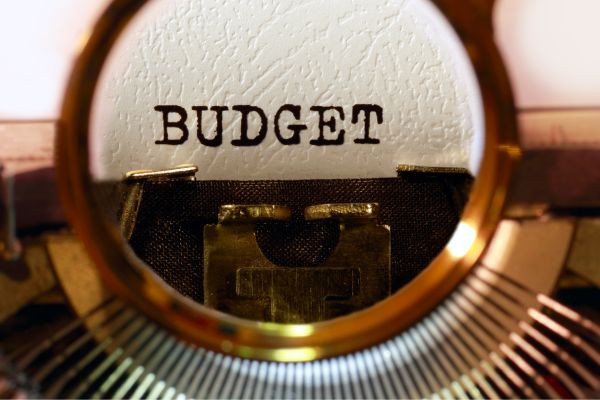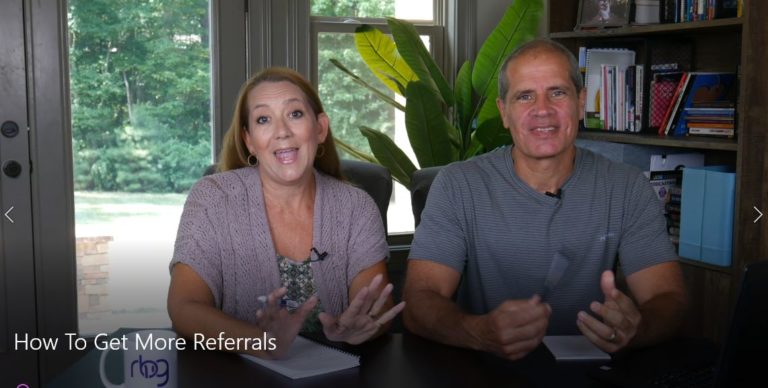11+ Elements of Video Pre-Production

During my 35-year career I had the opportunity to produce a variety of video projects. The one constant to make each project successful was the amount of time and detail we put into planning the project. Pre-production is the most important and mostly overlooked stage.
Why? Because for many planning is not as much fun as grabbing a camera recording and posting. Pre-production is the foundation for your video. If you don’t get this phase right, it will be very difficult to correct in the production, postproduction, and most importantly, may not deliver the correct message or image.
Here are 11 elements of pre-production for an effective and impactful video:
Impact: What do you want the viewer to think, feel, and do after watching your video? This is the foundational question in the pre-production phase; it is your impact goal. From this statement everything you plan and create must support your goal. See the past post: What Feelings Do Your Messages Create
Audience: What is the demographic of your audience? What is its psychographic? Visualize your audience, imagine them using your service or product. Create a video story that responds to their needs, wants, values, and pain points. Your story should connect to them emotionally and intellectually. You will also need to know where they get most of their information – Internet (YouTube, social media…) or Traditional broadcast media.

Script: A script is your video project’s GPS. A script can be an outline or detailed narrative of your video. The primary function of a script is to maintain story continuity with the impact goal and ensure the message is clear & concise. The script also shows others involved with the project what they need to do.
Video Type: There are many different types of videos, each with its own unique purpose. Knowing your audience can help determine the best type and style of video to deliver your message.
Location: Choose a location which is appropriate for your message & relevant to your topic. Make sure you have permission to record. Public spaces are good, but some municipalities may require a permit. Shopping centers, office complexes, business parks, and other commercial properties are private property. You need to secure written permission before showing up to record. Even if you are a tenant, it’s always better to let the landlord know.

Talent: Whether professional or nonprofessional actors, or voiceover actors, you will need to start the casting process early. Choose talent that is relatable to your audience. Professional talent fees are calculated using multiple variables. For example, voice over talent fees is based on word count and the type of video.
Graphics: Begin creating or acquiring all the graphic elements. If there is a style book include that in you preproduction materials.
Timeline: Creating a realistic timeline for your video will help you to stay on track and avoid delays. Writing can take a couple of days. Recording will take twice if not three times longer than you think. Editing can be twice as long as it took to record the raw footage. I will address production in another blog post. Establishing a timeline will help when completing element 10.
Resources: personnel & equipment: Who will be involved in the production of your video? What equipment do you have? Will you need a crew? If you need to rent equipment or rent personnel what are the rates? What product will we need and how much? Where will we record? Studio? Home? Office?

Budget: The key price determining factors are style and length. It’s like ordering a hamburger. Do you want cheese? Lettuce, tomato… Do you want Wagyu Beef or chopped beef? The question is how much time & money are you willing to invest in your video?
THE PLAN: A comprehensive pre-production plan that includes all these elements will help everyone keep on track. Sharing this plan with everyone involved with the project – staff, management, video production & postproduction company, talent, freelance production personnel will assure everyone knows the impact goal and project vision.
By spending more time in the pre-production phase, you can save yourself time and money in the production and post-production phases. You can also avoid the stress and frustration of having to make changes to your video after it has already been recorded.
Here are some additional tips for creating an effective pre-production plan:
- Be realistic about your budget and timeline. It is important to set realistic expectations for all phases so that you don’t get discouraged if things don’t go according to plan. A quick Google search should help you understand the financial impact of any service you need.
- Be flexible. Things don’t always go according to plan, so it is important to be flexible and adaptable during all phases.
- Get everything in writing. The pre-production plan should be documented in writing so that everyone is on the same page.
A comprehensive pre-production plan IS the most important stage of the process.









Responses